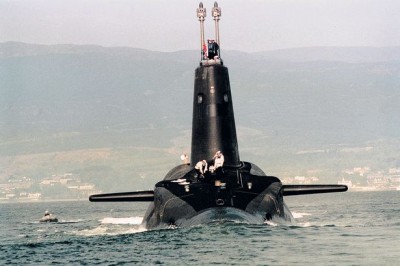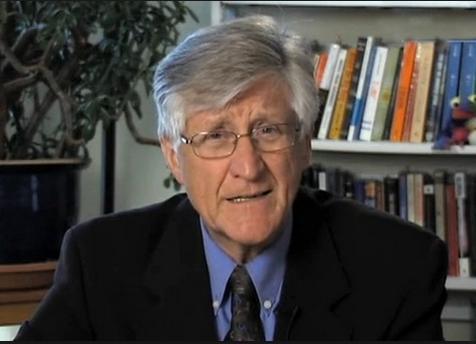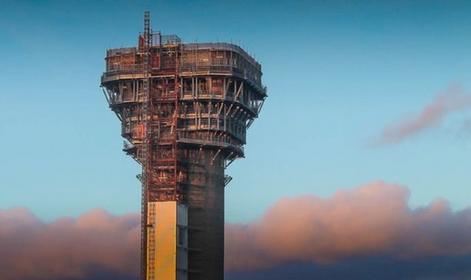Faulty Design of the Proposed British Nuclear Reactors in Cumbria. Arnie Gundersen

Able Seaman William McNeilly released a lengthy dossier on the internet earlier this month in which he said Britain’s Trident nuclear defence system was vulnerable to its enemies and to potentially devastating accidents because of safety failures.
But – in the mainstream – only the Independent and Japan Times covered news of another hazard, described by Arnie Gundersen, who was invited to speak at the House of Commons on March 11. He addressed the current status of Fukushima Daiichi four years after nuclear meltdown began in 2011, and presented his expert assessment of nuclear risk in regards to the proposed construction of three AP1000 reactors in Cumbria, England. He writes (abridged):
My week in the UK was exciting and full of surprises. I spoke to hundreds of people in London and Cumbria who are committed to a new energy future for Europe. They know that the dated model of big business centralized electricity production is ending, and they see a clean, disaster free viable alternative in locally distributed generation.
Still, it seems that the established British utilities are so fixated on nuclear power that they just offered to charge their customers twice the current market price for electricity for the next 35-years, so that a French nuclear company could build a fancy and untried new nuclear design at Hinkley Point. The United Kingdom is anything but united when it comes to how it will produce electricity in the 21st century!
Britain has experienced the dangers of nuclear power first hand as the site of the world’s first major nuclear disaster at Windscale, receiving huge amounts of contamination from Chernobyl fallout in Wales, and contaminating the Irish Sea with plutonium at its waste reprocessing plant at Sellafield. With that background, I understand why the citizens of the UK embrace a nuclear free future.
When I spoke at the House of Commons, it was clear that only a minority of the MP’s (like US Representatives) could envision an energy future different than the past. Similar to the US, the financially influential electric power monopolies have convinced a majority of the MPs that there is no alternative to nuclear power. Thankfully, many people in the UK disagree and see a nuclear free future!
Surprisingly, it was in Cumbria that I saw the most poignant reminder of how dangerous nuclear power is. There in the fog and rain stood “Cockcroft’s Folly”, a ventilation stack on the old Windscale reactor. Filters on that stack, thankfully, captured most of the radiation released during the 1957 Windscale catastrophe.
When Windscale was under construction, Sir John Cockcroft, a great engineer and Nobel Prize winner, insisted that filters be added to the ventilation stack. The British nuclear establishment laughed at him, but he was unyielding and persisted in his cause until the filters were added to Windscale.
Naysayers nicknamed the filters “Cockcroft’s Folly”, and no one believed they were necessary. Then came the Windscale nuclear core fire and those “unnecessary” filters saved thousands of lives. Too contaminated even now to be removed, “Cockcroft’s Folly” stands in the middle of the Sellafield nuclear reprocessing plant, part of a more than $60billion cleanup planned for the neighboring stretch of coastline along the contaminated the Irish Sea.
Three new AP1000 reactors are proposed to be built in Cumbria within sight of “Cockcroft’s Folly”. Since 2010, I have repeatedly said that the AP1000 design suffers the same design flaw as the old Windscale reactor.
Like Sir John, I believe that filters must be added to the top of the AP1000 shield building to prevent huge amounts of radiation from being released during a meltdown. I call this problem “the chimney effect” and wrote a paper about it entitled “ Nuclear Containment Failures- Ramifications for the AP1000 Containment Design”.
Sir John Cockcroft must be spinning in his grave, wondering “When will they ever learn?”




